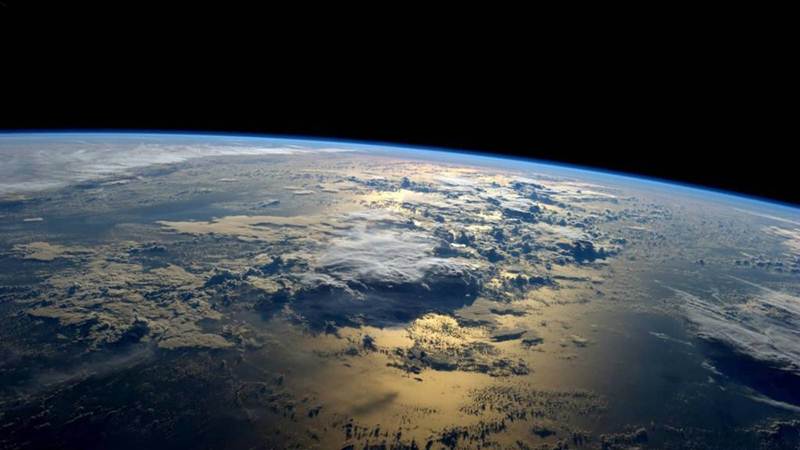Ancient Earth's outer layer was single, solid shell: study
Tue 28 Feb 2017, 22:17:34

Ancient Earth's first outer layer was a single, solid shell that later folded and cracked to give rise to the continents and other land features we see today, a new study has found.
Earth is a dynamic planet with an outer layer composed of giant plates that grind together, sliding past or dipping beneath one another, giving rise to earthquakes and volcanoes.
Others separate at undersea mountain ridges, where molten rock spreads out from the centres of major ocean basins.
However, researchers suggest that this was not always the case. Shortly after Earth formed and began to cool, the planet's first outer layer was a solid but deformable shell.
Later, this shell began to fold and crack more widely, giving rise to modern plate tectonics.
"Models for how the first continental crust formed generally fall into two groups: those that invoke modern-style plate tectonics and those that do not," said Michael Brown, a professor at the University of Maryland in the US.
"Our research supports the latter - a 'stagnant lid' forming the planet's outer shell early in Earth's history," said Brown.
Researchers studied rocks collected from the East Pilbara Terrane, a large area of ancient granitic crust located in the state of Western Australia.
Rocks here are among the oldest known, ranging from 3.5 to about 2.5 billion years of age.
The researchers specifically selected granites with a chemical composition usually associated with volcanic arcs - a telltale sign of plate tectonic
activity.
activity.
They also looked at basalt rocks from the associated Coucal formation. Basalt is the rock produced when volcanoes erupt, but it also forms the ocean floor, as molten basalt erupts at spreading ridges in the centre of ocean basins.
In modern-day plate tectonics, when ocean floor basalt reaches the continents, it dips - or subducts - beneath the Earth's surface, where it generates fluids that allow the overlying mantle to melt and eventually create large masses of granite beneath the surface.
Previous research suggested that the Coucal basalts could be the source rocks for the granites in the Pilbara Terrane, because of the similarities in their chemical composition.
Researchers performed thermodynamic calculations to determine the phase equilibria of average Coucal basalt.
Phase equilibria are precise descriptions of how a substance behaves under various temperature and pressure conditions, including the temperature at which melting begins, the amount of melt produced and its chemical composition.
Using the Coucal basalts and Pilbara granites as a starting point, researchers constructed a series of modelling experiments to reflect what might have transpired in an ancient Earth without plate tectonics.
Their results suggest that the Pilbara granites may have formed from the Coucal basalts.
More to the point, this transformation could have occurred in a pressure and temperature scenario consistent with a "stagnant lid," or a single shell covering the entire planet.
No Comments For This Post, Be first to write a Comment.
Most viewed from Specials
Most viewed from World
AIMIM News
Latest Urdu News
Most Viewed
May 26, 2020
Do you think Canada-India relations will improve under New PM Mark Carney?
Latest Videos View All
Like Us
Home
About Us
Advertise With Us
All Polls
Epaper Archives
Privacy Policy
Contact Us
Download Etemaad App
© 2025 Etemaad Daily News, All Rights Reserved.










































